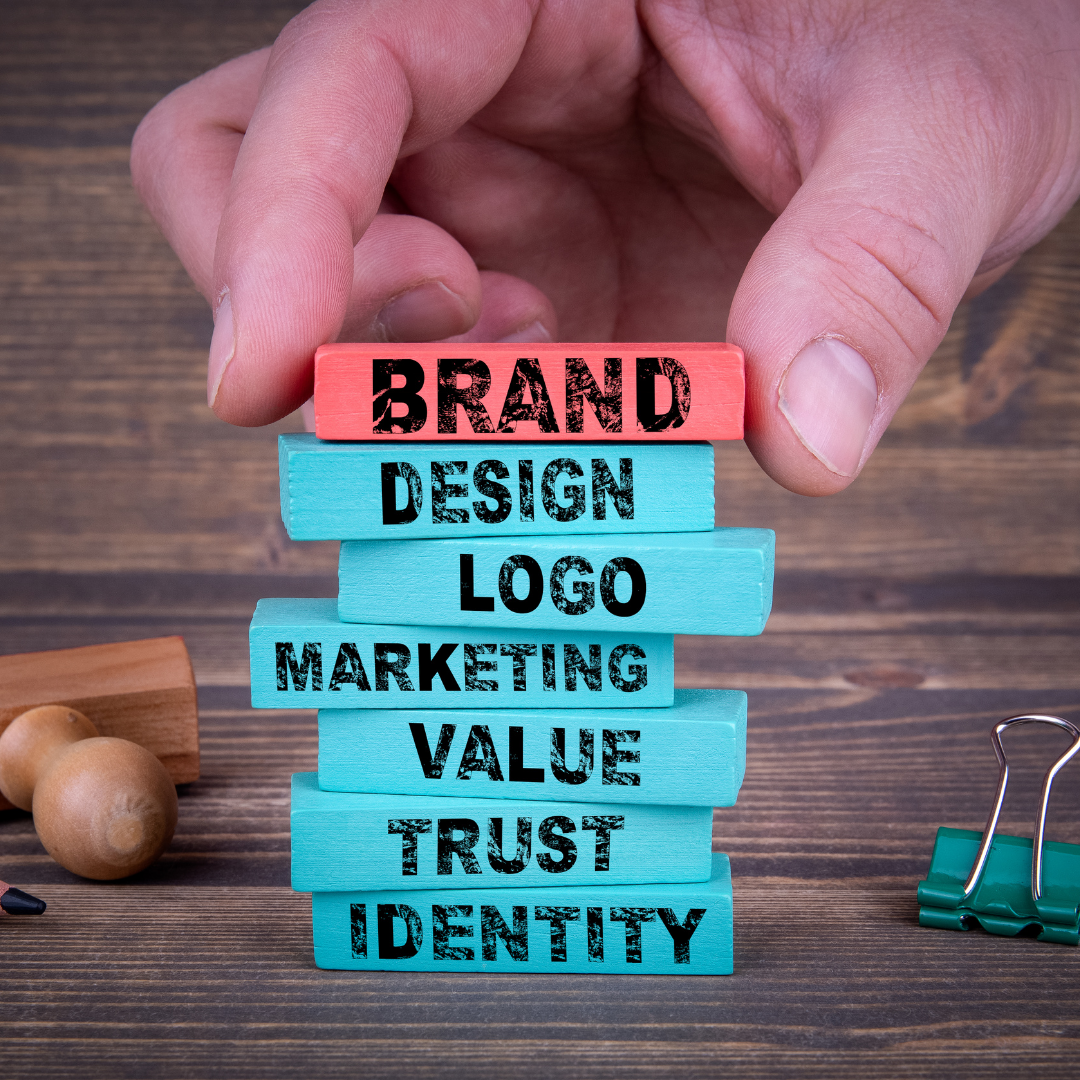
We all have brand identity mistakes we’ve made. Whether your logo is missing an apostrophe, your header and footer are overlapping, or your header has a misspelled word, we’ve all been there. In this article, we’ll cover the mistakes and how to fix them.
If you are running a business, it is important to know how to fix your company’s mistakes. With consumers being exposed to so many brands and ideas on a daily basis, it can be difficult to stand out. However, there are some mistakes that you can avoid.
Check out the following mistakes and how you can avoid/fix them:
1. Poorly designed logo.
A logo is a critical element in a brand’s foundation. It is a visual sign of a company’s identity and, more often than not, is the first thing that a consumer will see and then associate with the brand itself. That being said, successful logo design is hard to come by, and, as a result, many companies fail to create a logo that truly reflects their brand identity. There are dozens of ways to design a logo, and the best way to choose is based on what your business is about. If you have a unique product, you may want to go with something more unique, whereas if your company is going to be selling a product that is already well-known, a logo that is more generic may work better.
2. Doesn’t have a target audience.
The second most apparent mistake when creating a brand identity is not knowing the target audience. When creating a brand, you need to understand your audience and what they want from your brand. How are you going to know the correct person to target if you don’t know who your customer is, what they are looking for, why they want it, and why they want it from you?
3. No originality.
It is important to have a unique brand because the brand is the identity of the business. If you want to have a successful business, you need to have a strong brand identity. Many companies fail to realize that they are missing an opportunity to do something unique, but it is a common problem. In today’s competitive market, you have to be memorable to stand out. Whatever product you plan on peddling, it has to enter into social consciousness quickly and stay there. In order to achieve this, many companies often use Product Name Test tools and Product Concept tools to help them pick out the best option.
However, everyone has their own idea of what their brand should be. While there may be many opinions on the subject, you can do many things to make sure your design is original, but the first and most important step is to have an original idea.
4. Lacks style guidelines.
The lack of a style guide is the product of a lack of consistent and clear communication of the brand’s style. A style guide book is a documentation of a brand’s identity and lets the brand owner always know how to communicate and present style in specific media. In this article, we will talk about the necessity and the importance of a style guide book.
5. Inconsistency.
This is another common Brand Identity Mistake that may have you wondering: how do you be consistent? When I’m asked this question, it’s usually because the person is referring to the fact that they want to have a unified Brand Identity across their different channels. A company can have a great logo, slogan, tagline, and even products, but they can be seen as disorganized, unprofessional, and unfocused if they are inconsistent in those areas.
6. It Doesn’t have a brand purpose.
This is one of the most common mistakes made by many brands today. Every brand wants to be special and different from others, and one way of doing this is by having a purpose. A brand purpose is what brands stand for and what they are about. This is a simple way of expressing what they are about and why people buy their products or services.
Every company has a brand purpose, and the purpose of a brand is to help people buy your product or service. However, every brand is not the same, as every brand has its own personality. A brand personality can be described as a distinct set of characteristics that a brand possesses that can be used to describe what the brand says. Brand personality is the message that a brand attempts to communicate through its marketing efforts. In essence, it is the brand’s collective personality that drives its communication.
Let’s illustrate this with an example: A bank positioning itself as a green bank, deeply committed to environmental sustainability by investing in eco-friendly initiatives like renewable energy projects and carbon offset programs, is more likely to attract environmentally conscious consumers. This clear brand purpose not only sets the bank apart from competitors but also cultivates trust and loyalty among consumers who share similar values.
This conversation further underscores the corporate social responsibility that banks must fulfill, thereby enhancing their reputation and credibility in the eyes of the public (learn more about it here: https://www.joinatmos.com/blog/corporate-social-responsibility-of-banks). By actively promoting environmental sustainability and supporting initiatives that benefit the planet, banks can demonstrate their commitment to social and environmental stewardship.
Conclusion
The most important thing to remember when creating a brand identity is that you are the one who will have to live with it. You may not be able to fix everything when you are in the design stage. That being said, some mistakes can be fixed before a brand is launched.